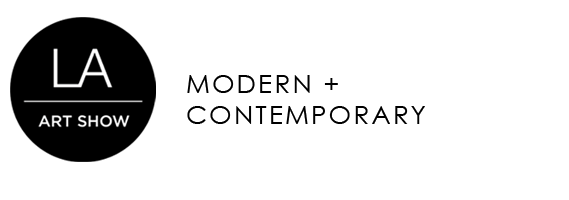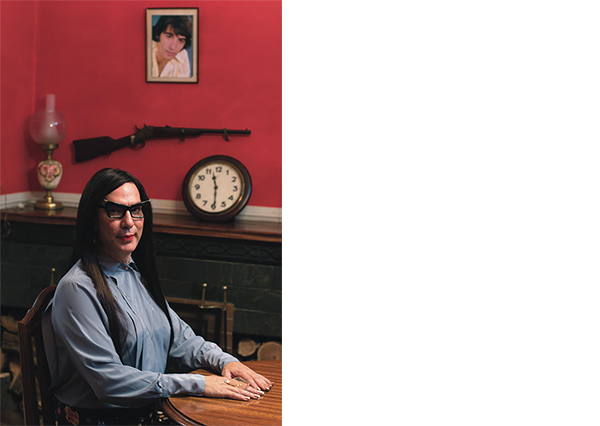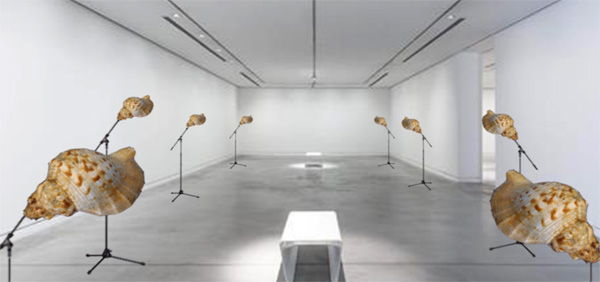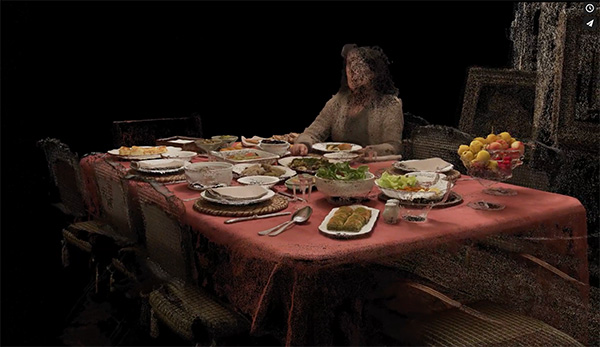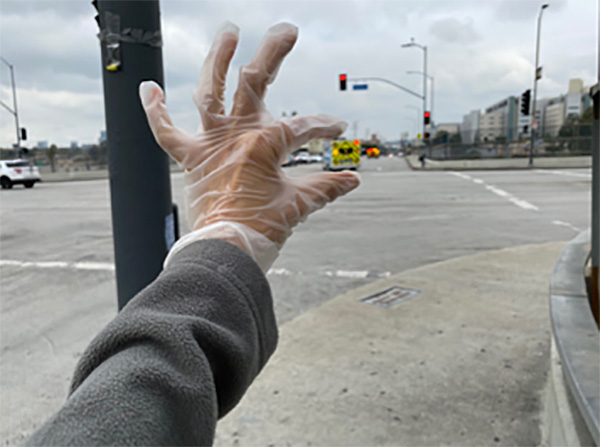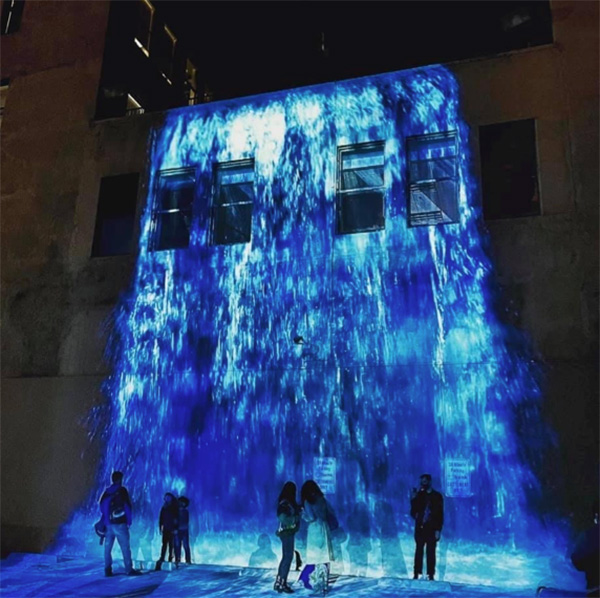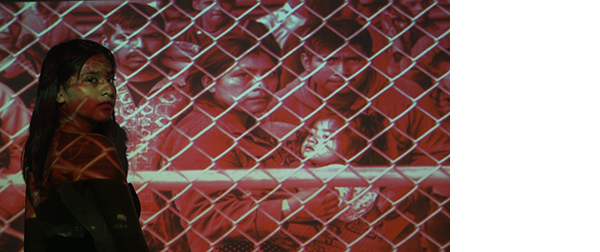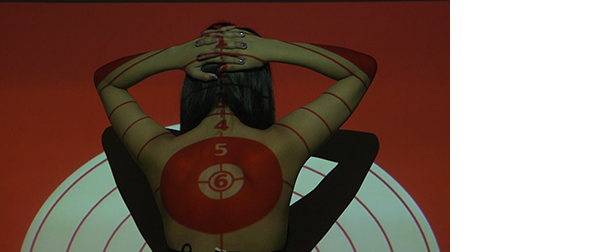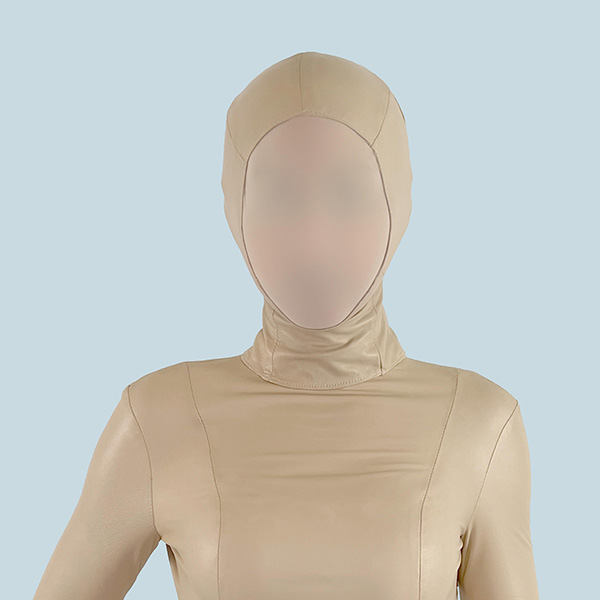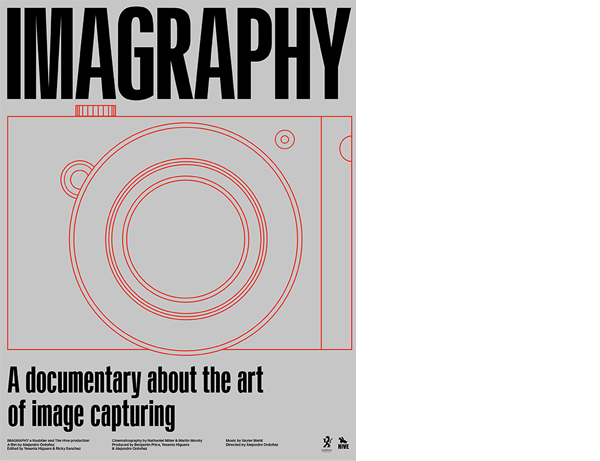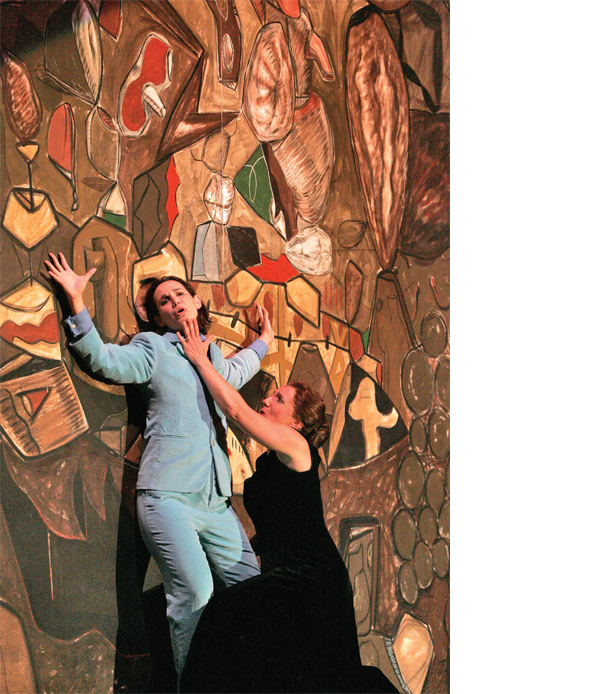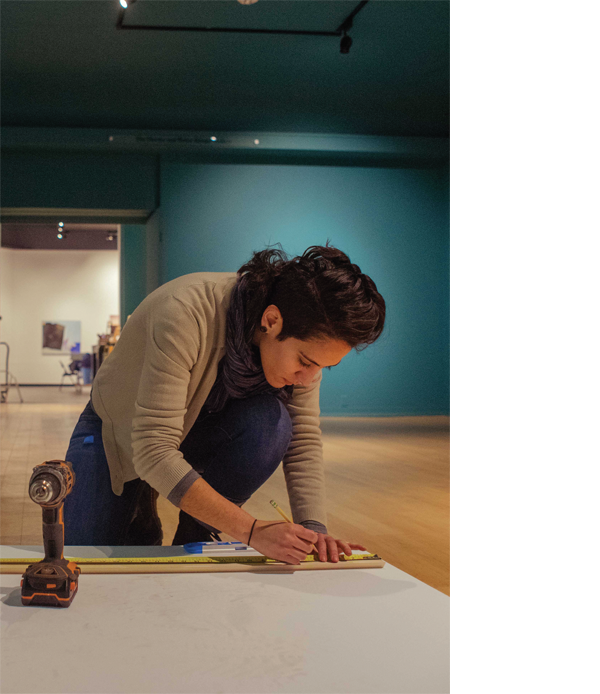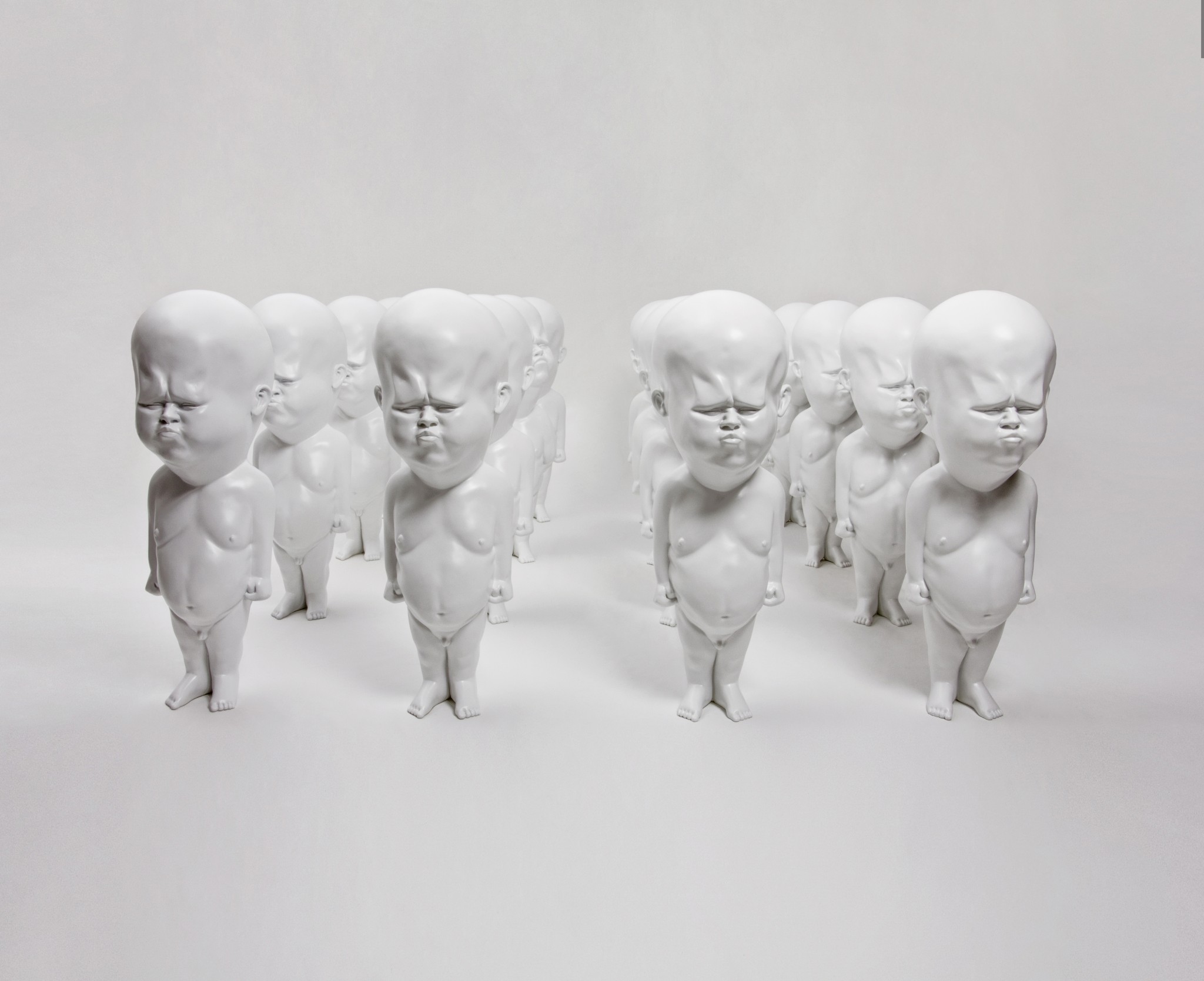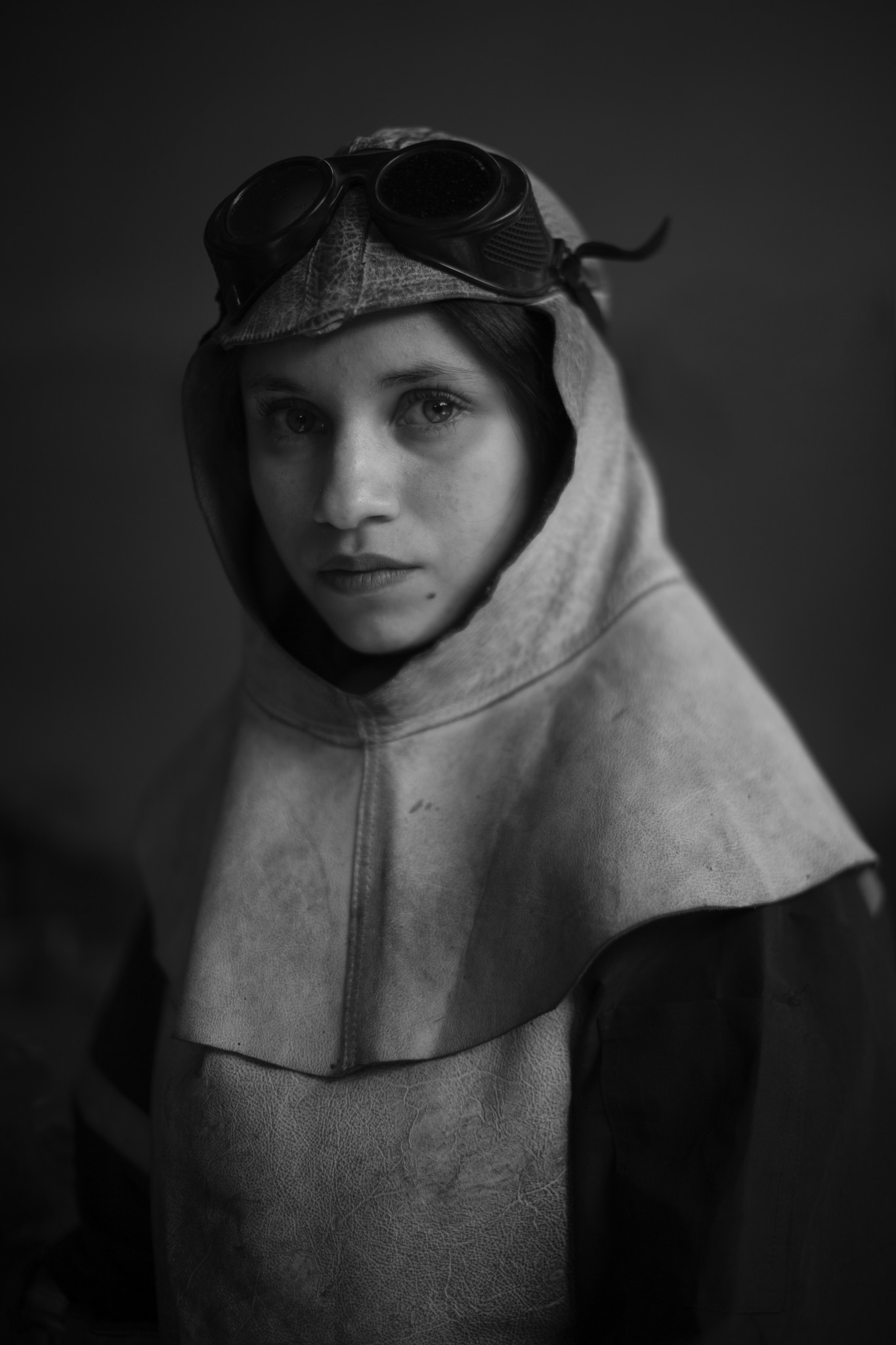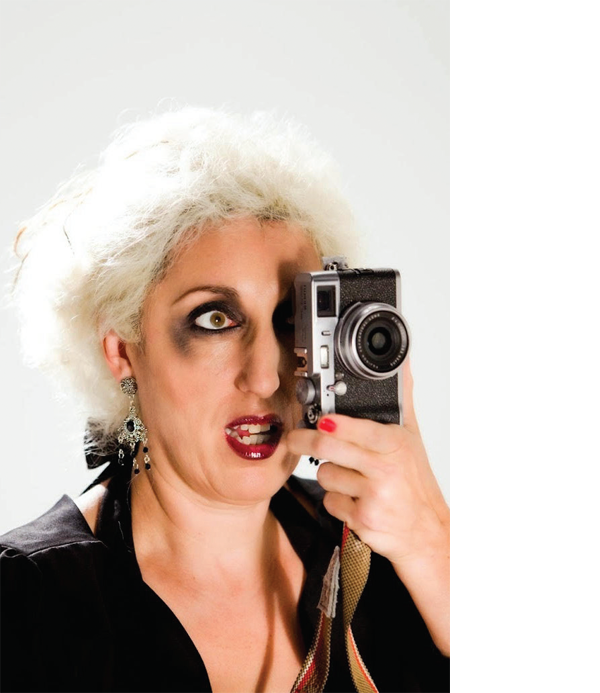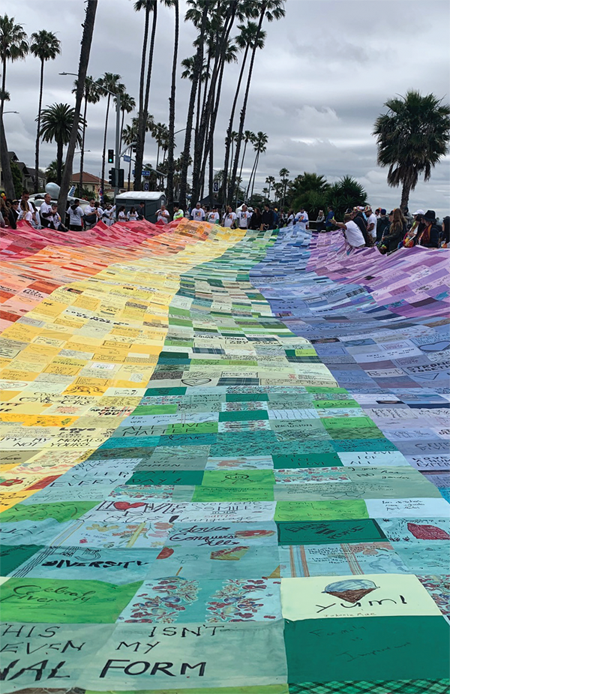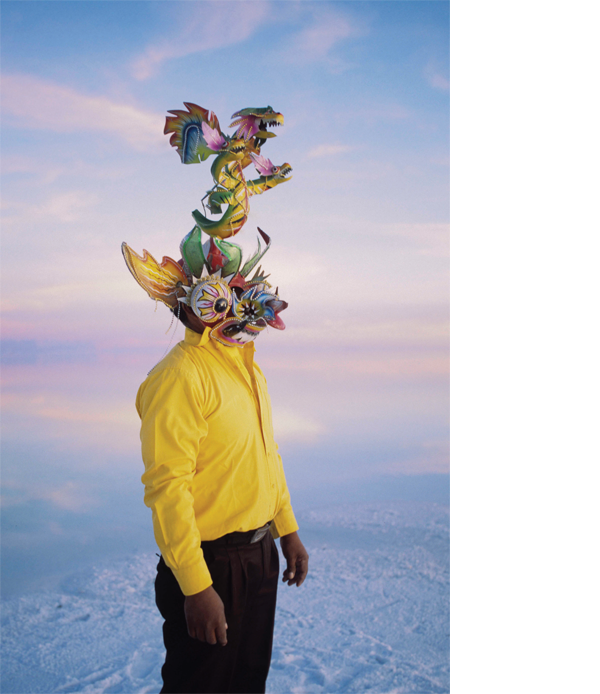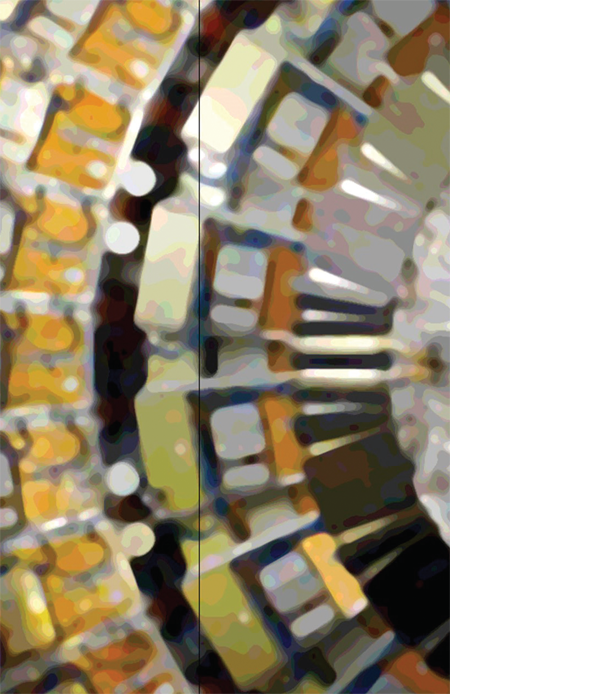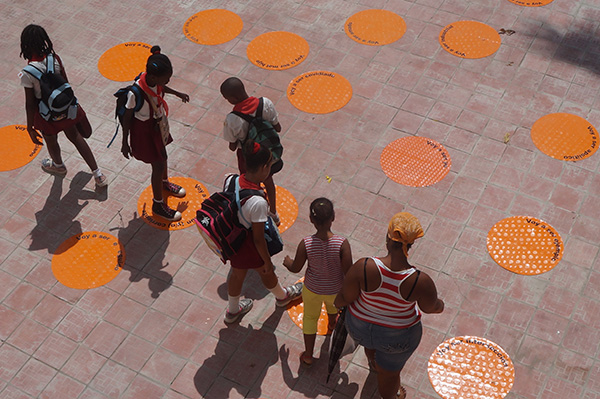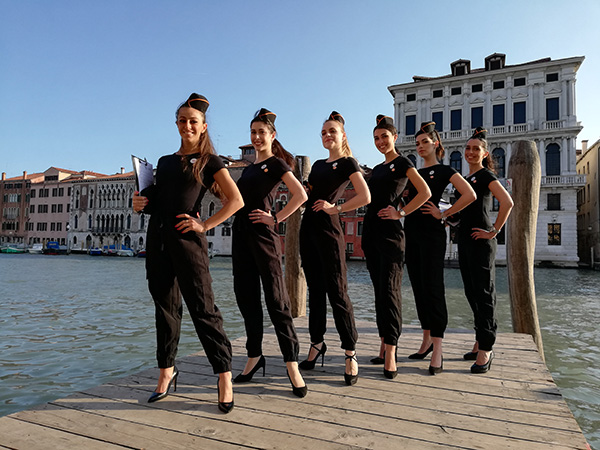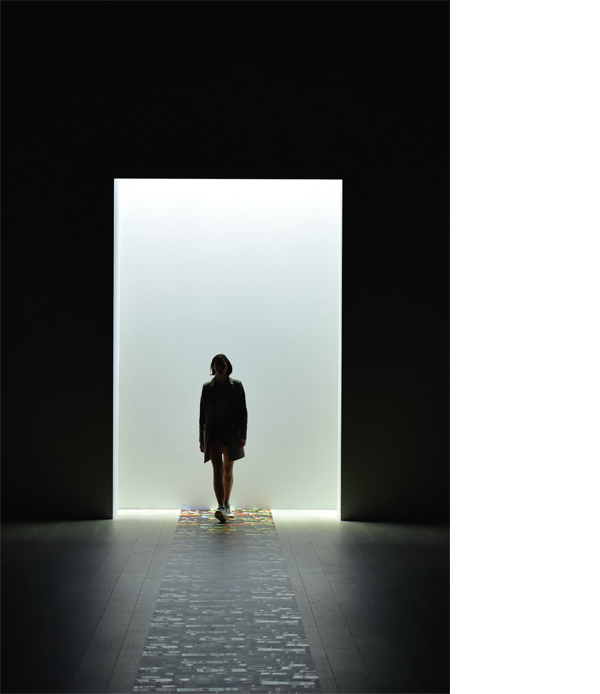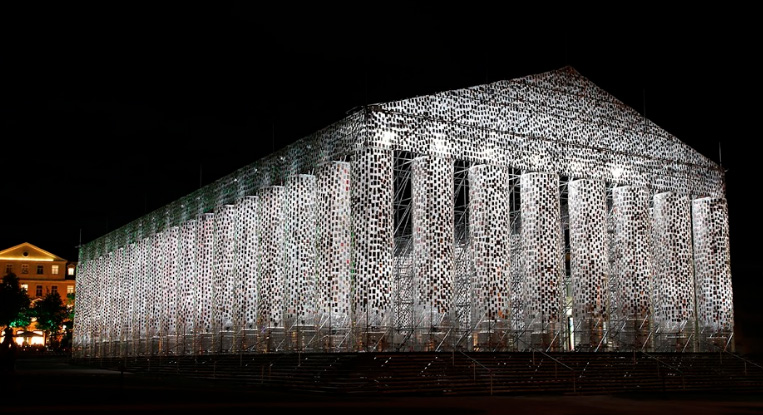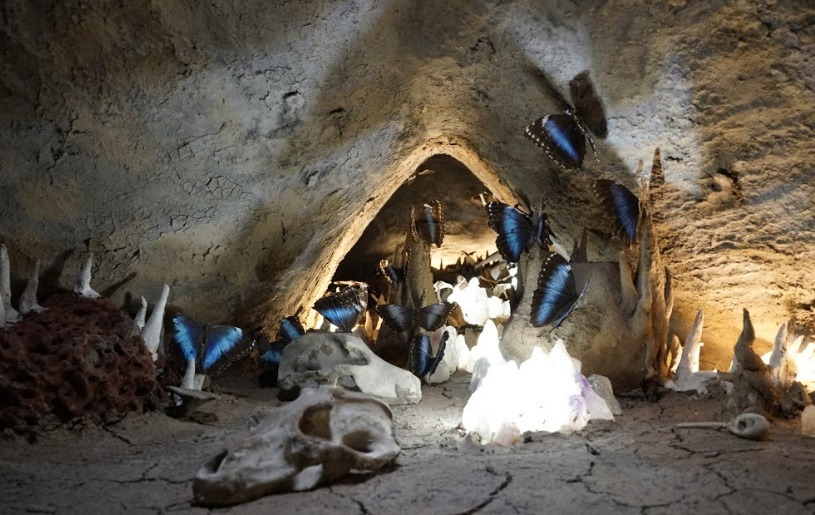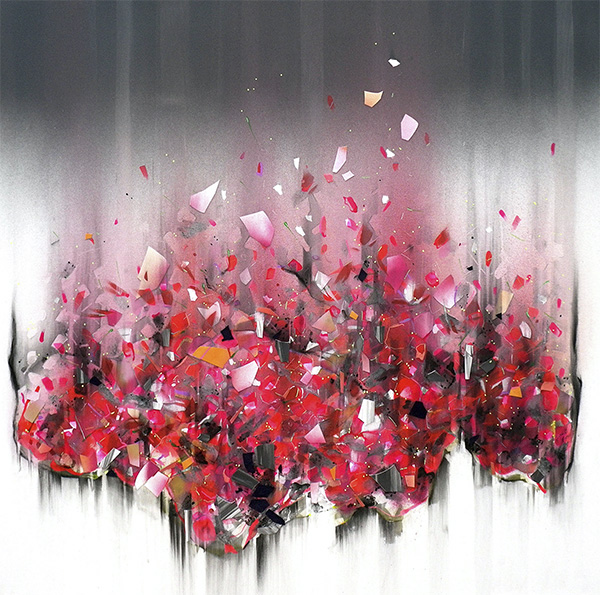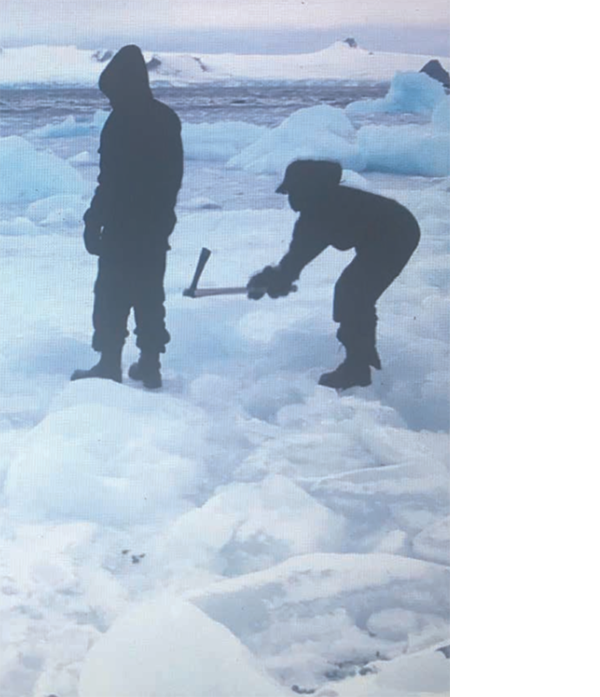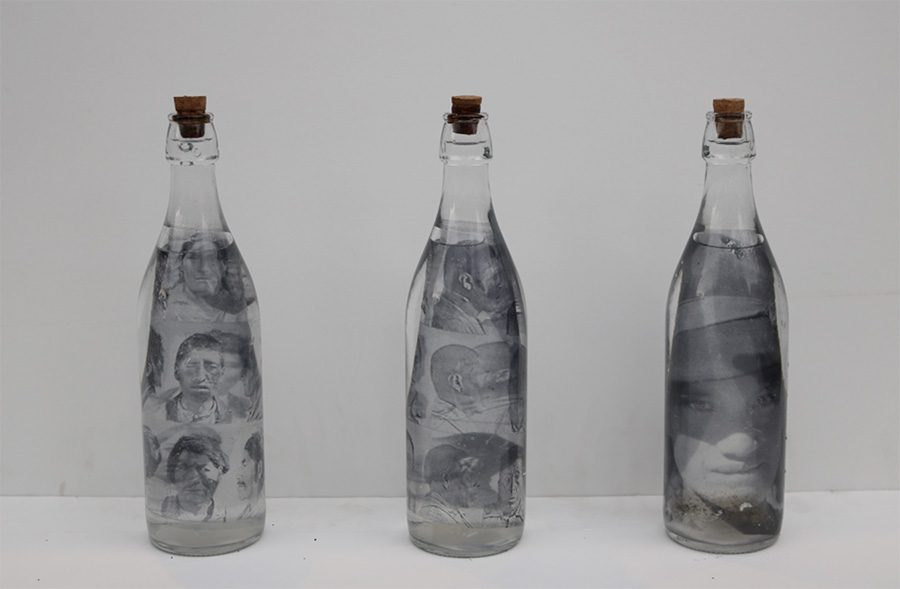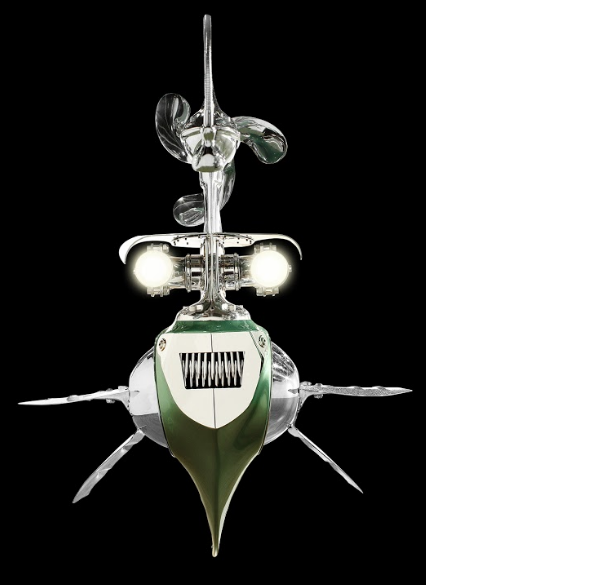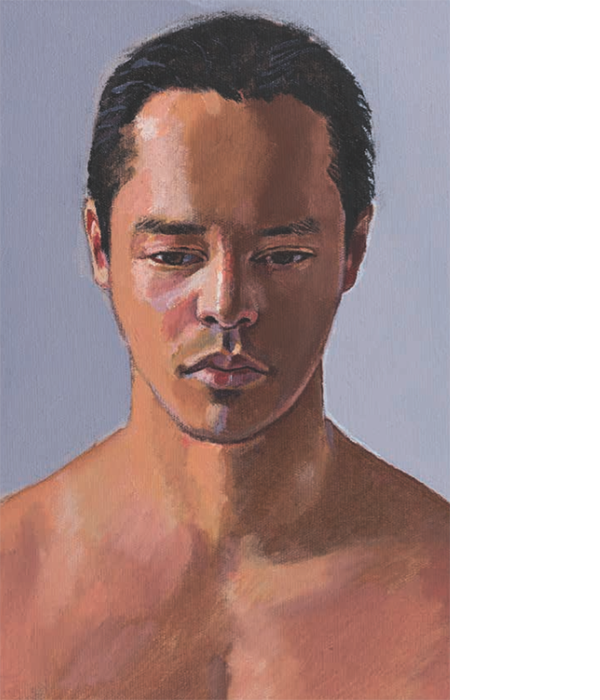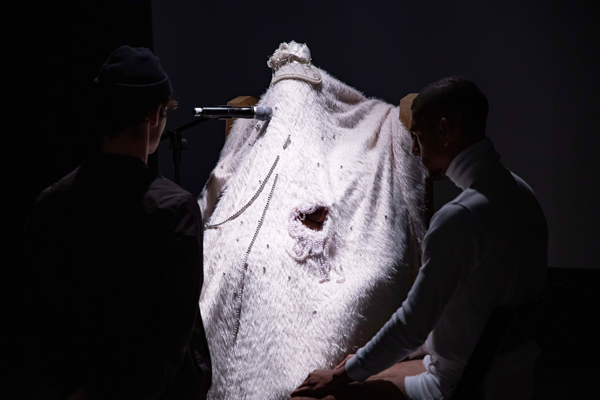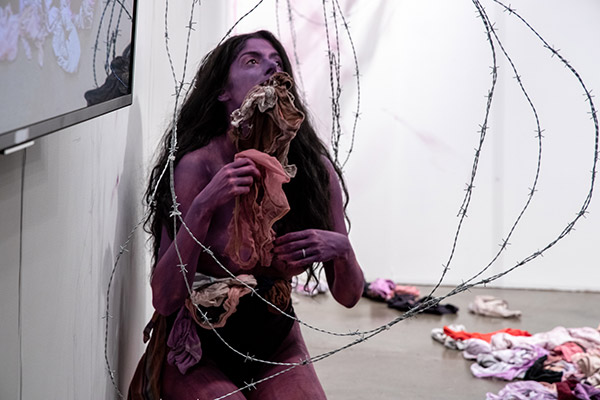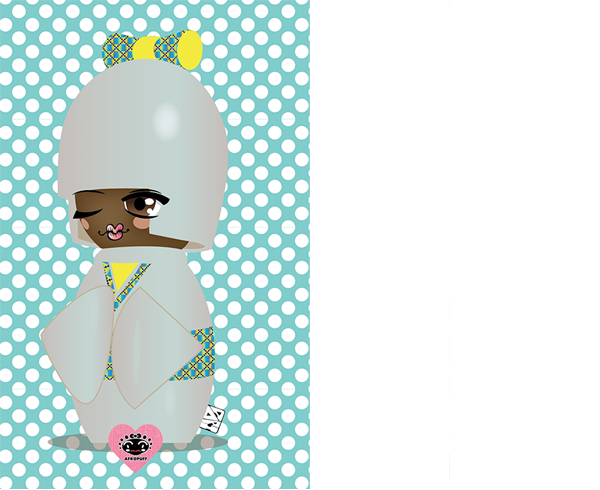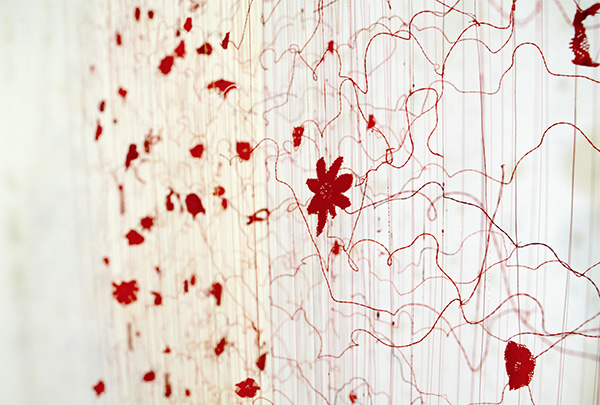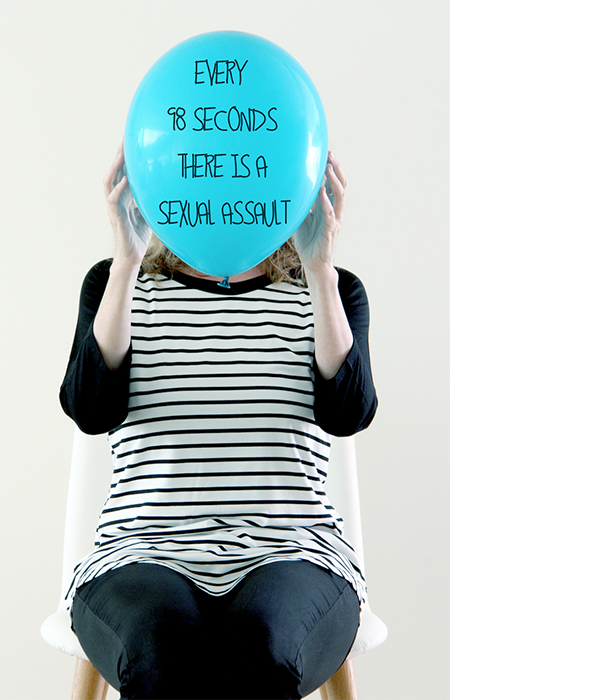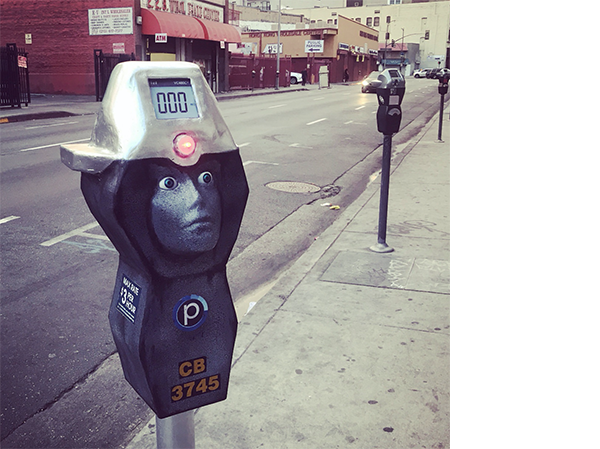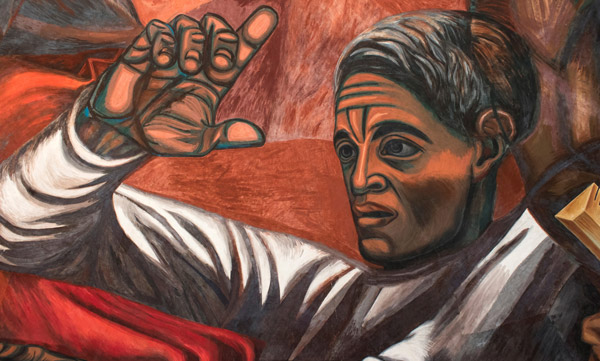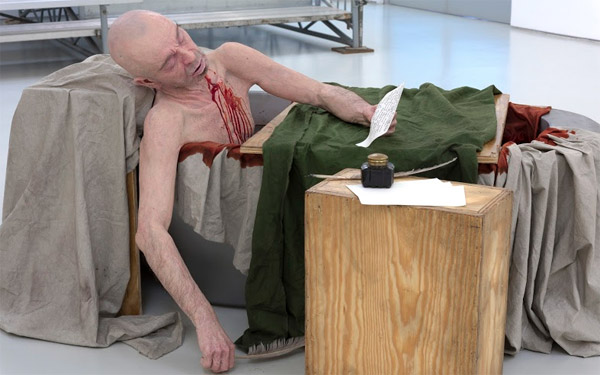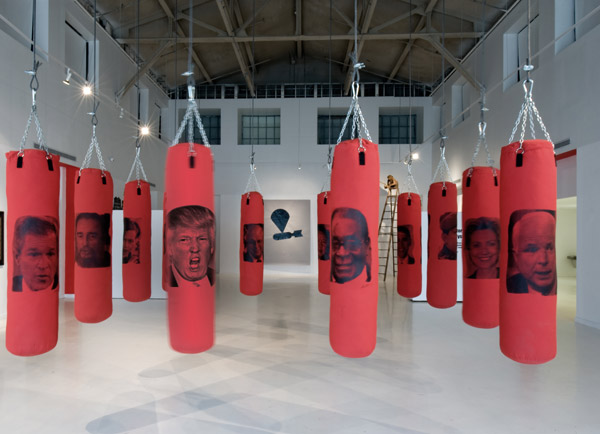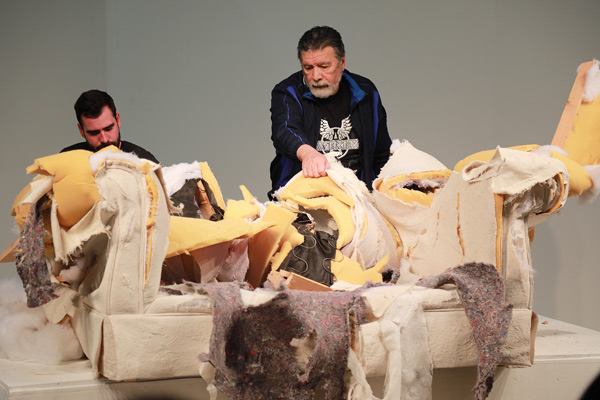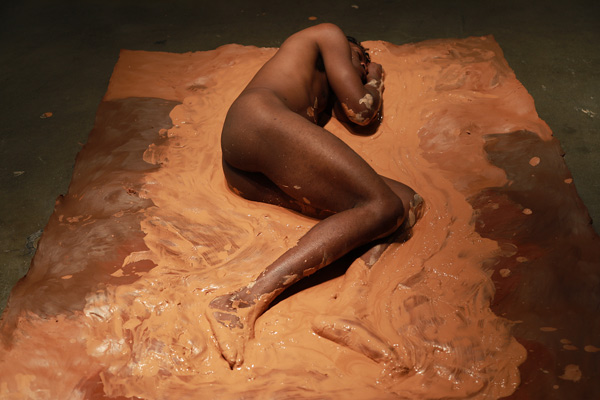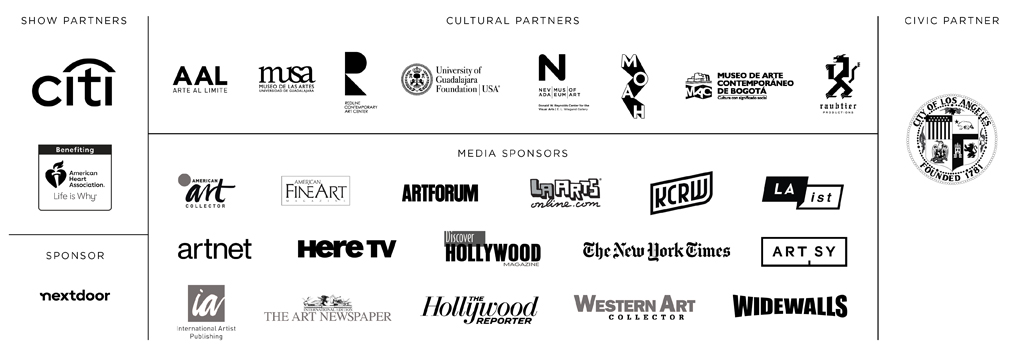“One of the most powerful things about art is that it brings people together, and transforms the way we communicate. The goal of DIVERSEartLA 2022 is to view this sector of art within the show through ecological glasses.
This topic is at the heart of a growing number of art narratives, including exhibitions built with high-tech innovations, designed to inspire artistic appreciation and the desire to respond to environmental challenges – reinforcing the value of translating environmental advocacy into art.
The installations, immersive experiences, and performances represent our present day and the looming impact we will all face if the planet continues to warm. DIVERSEartLA 2022 will encourage visitors to confront the complex challenges of our global climate crisis and imagine potential solutions.” – Marisa Caichiolo
Our engagement with museums and institutions this year includes projects with Dox Contemporary in Prague/Czech Center New York and The General Consulate of The Czech Republic in Los Angeles; MUSA Museum of the Arts of the University of Guadalajara and MCA Museum of Environmental Science; MUMBAT Museum of Fine Arts of Tandil & Museum of Nature and Science Antonio Serrano of Entre Rios, Argentina; Museum of Nature of Cantabria, Spain; Skid Row communities; Torrance Art Museum; Raubtier Productions & Unicus.
Site specific installation by: Swen Leer
Dox Contemporary, Prague / Czech Center New York &
The General Consulate of The Czech Republic in Los Angeles
Arguably, road signs are the most read and trusted literature of Los Angeles, if we can call them that. On the one hand, they are a powerful symbol of progress of the last century, and of mobility. On the other hand, however, they represent the evidence of our technological rampage that has led us into a real climate crisis.
The installation, The Sign, plugs into this a-priori factuality by mimicking the iconic freeway signage, while communicating an unexpected message: “Your children WILL hate you – eventually”. The text is speculation about the future of our society as well as a deeply disturbing existential thought that has probably crossed the mind of most parents. Their kids are the ones who will pick up the tab of our celebrated economical progress – a religion of economical growth at all costs. Placing the iconographic freeway sign into the interior of the LA Convention Center creates an absurd situation for the viewer, conveying a disturbing message in the matter-of-fact form they have recently seen getting off the freeway to get to the LA Art Show. And the message stands, after all – highway signs are always right. Right?
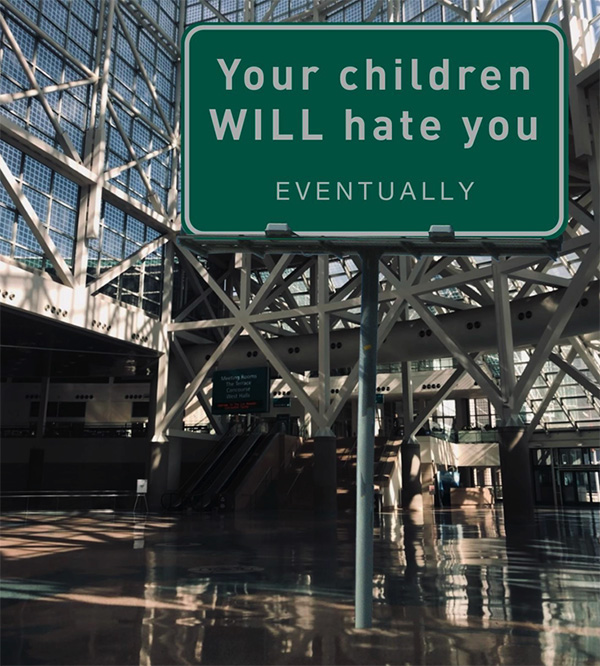
by Claudia Rodriguez
MUSA Museum of the Arts of the University of Guadalajara
and MCA Museum of Environmental Science
MUSA is a museum with 27 years of history. Their exhibition program includes activities in which the arts become an impulse to motivate social transformation. Their compromise with the environment was consolidated with a state certification that recognizes the process and actions of the institution to protect the natural environment. The MUSA Museum of the Arts was one of the first university properties that implemented sustainable actions related to the management and recycling of waste, as well as, the rational use of water and energy.
The MCA Museum of Environmental Science is an upcoming project of the university. Envisioned as a space engaging with the community in order to foster a sense of belonging through empathy and closeness, that will lead the community to initiate actions of ecology preservation. There are three main visions that constitute the vocation of this museum: to understand the urban dynamics and their impact in nature, the equal disclosure of science, and the generation of emotions that lead to learning.
The MCA presents two installations from the artist, Claudia Rodríguez: La otra cascada — The Other Waterfall and Chapala también se-a-gota — Chapala also Drops Itself, both reflecting the contamination and lack of water that has affected the state of Jalisco, Mexico in the last decades.
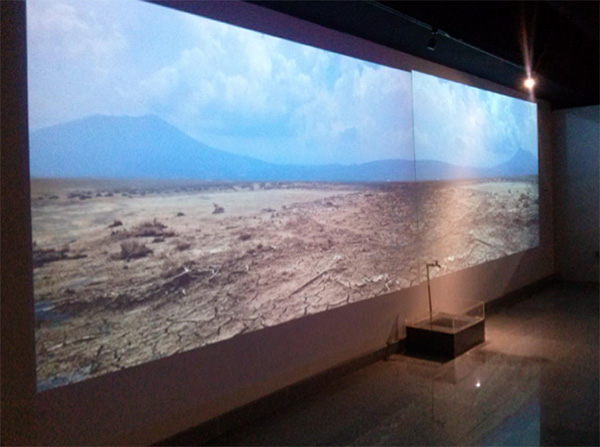
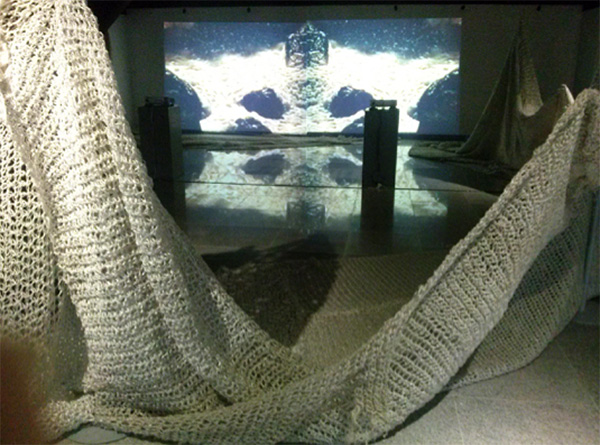
by Guillermo Anselmo Vezzosi
Curated by Indiana Gnocchini
MUMBAT Museum of Fine Arts of Tandil & Museum of Nature and
Science Antonio Serrano of Entre Rios, Argentina
Artists have explored new perspectives on approaching “creative doing” by using environmental art, by creating awareness through ecological activism. In this sense, Guillermo shows us the huge colossal amounts of waste that we add every day and it is from his own work, in line with the community, that he dedicates his hours collecting from the same environment he inhabits, which he calls Fruits of Progress. He aims to heal the footprint of contemporary man, which at present it seems irreversible.
The Earth’s Fruits is constituted as a scientific research project whose ideology culminates with an installation work of a specific ephemeral site, where the waste that takes on a second life is dignified. The immersive installation invites us to reconsider that we are part of a whole with nature – a complex whole in constant mutation and adaptation. It challenges us to examine our most recondite thoughts, questioning who we are and the links that unite us to our habitat. In this way, it propositions the visitor to act on new imaginaries, creating an illusion of time and place, where he is the protagonist.
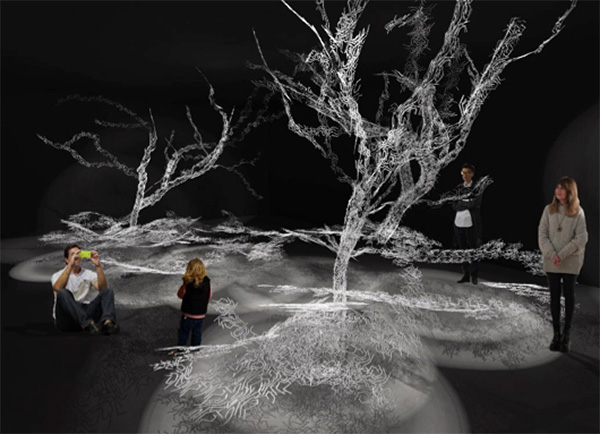
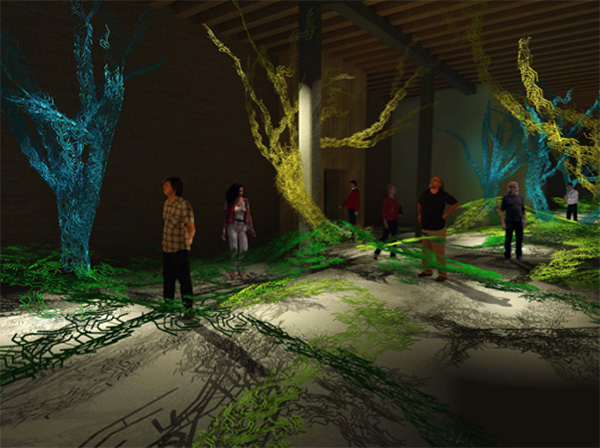
by Andrea Juan and Gabriel Penedo Diego
Museum of Nature of Cantabria, Spain
One small drop fell and then another and another and another. Thus, drop by drop, large amounts of ice are lost every second. The poles are melting. Meanwhile, we continue on with our lives, with our dreams, as if this could never affect us. The dripping continues and vast frozen expanses have already been lost. The Arctic is at minimum levels, Antarctica has lost ice shelves, glaciers have retracted and the ocean levels continue to rise.
Forest fires, droughts, tidal waves, floods. It is our turn to change. We can still do it.
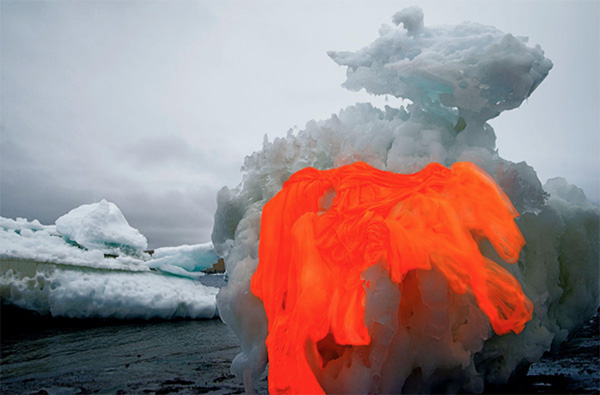
Curated by Tom Grode
Tom Grode
Tom moved from Santa Monica to 5th and Main in May 2012, not realizing he was a block from Skid Row. Since then, he’s focused on advocacy around Skid Row as a Community. Tom is an original member of the Skid Row Cooling Resources coalition, the Skid Row Now and 2040 coalition, the Skid Row Community Improvement Coalition, and the Skid Row Arts Alliance. He is heavily engaged with Skid Row as a powerful arts community, in particular a part of the Los Angeles Poverty Department (LAPD) and Urban Voices Project.
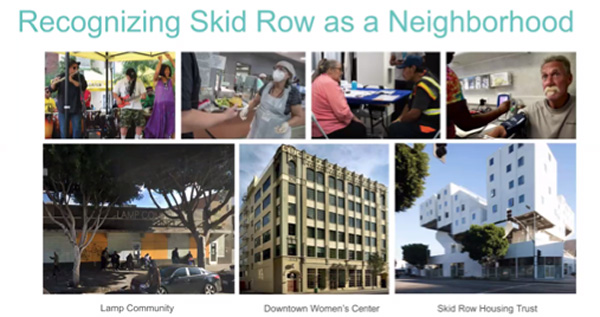
DIVERSEartLA 2021
The 2021 edition of DIVERSEartLA, curated by Marisa Caichiolo, will focus on the presence, contributions, research and documentation of women and non- binary artists at the forefront of work at the intersection of art, science and technology represented by guest Museums, Institutions and Not-for-Profit Organizations.
“Science, art and technology are human attempts to understand and describe the world around us. The subjects and methods have different traditions and the intended audiences are different, but I think the motivations and goals are fundamentally the same. I think one of the most primal and innate needs of humans is to understand the world around us, and then share that understanding,” said Caichiolo.
In the field of digital art in the last fifteen years, many artists have been working on materializing the digital information and new media practices by audio or visual means (such as installation works, audio-visual and performances which include technology) in order to grasp the imagination of it; while other artists are aiming to present the concept of ‘signals’ from the perspective of synesthesia: they try to visualize sound signals with the aid of machinery and therefore transform the abstract geometric images into sounds through computer operations.
This wave began in the 1920s, when many artists aimed to create time-based visual works. Although some of the works seemed to embody the technology and innovation, much of it actually originated from the most tangible form of reality, the artist’s surrounding natural environments.
DIVERSEartLA will be an examination and a compilation of material, as well as an exhibition featuring the work of women and non-binary artists who have played a central role in the development of new media practices within art institutions and throughout history. We are also diving into a new period where we’ve had to deal with the breakdown of traditional relationships between the material and the immaterial.
While the cryptographic tokens used to create NFTs, are similar to cryptocurrencies such as BitCoin, the tokens in NFTs aren’t fungible, or interchangeable. So, it’s impossible to exchange one NFT for another, as one could do with currency. It’s often equated to an autograph, but on a digital file. An NFT not only tracks the creator of the artwork, but also the ownership and market value. Because it is securely stored in the blockchain, an NFT is unique and non-interchangeable. Photographs, videos, gifs, audio, and any digital file can be represented as an NFT.
Also check out our DIVERSEartLA Talks series, an online platform where the Museums and Institutions have a space to dialog, and share with the general public their programs in 2021.
